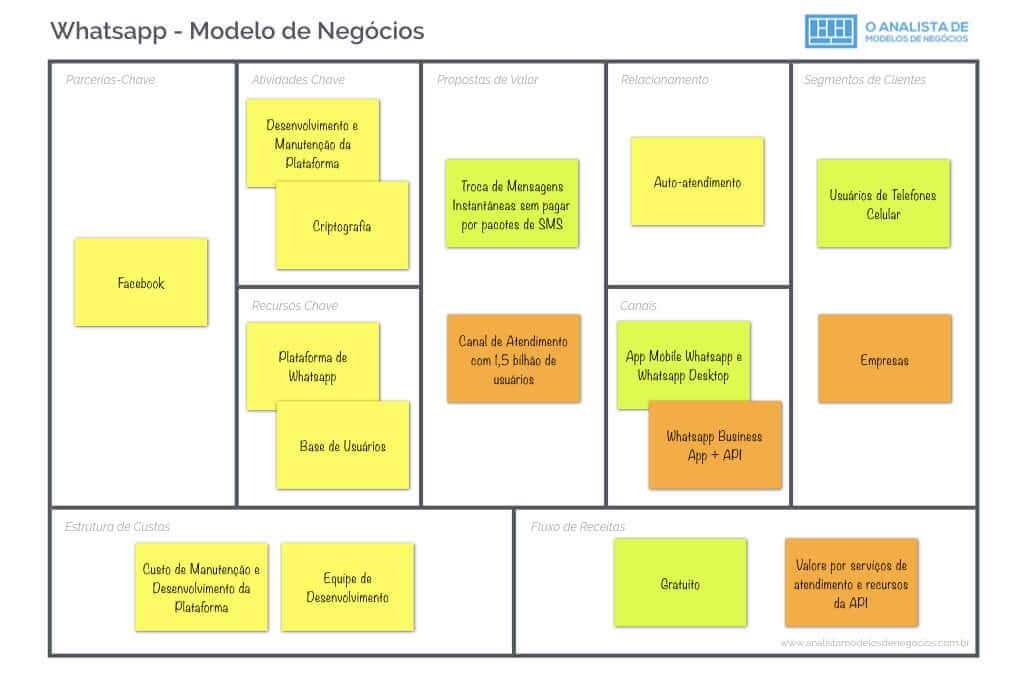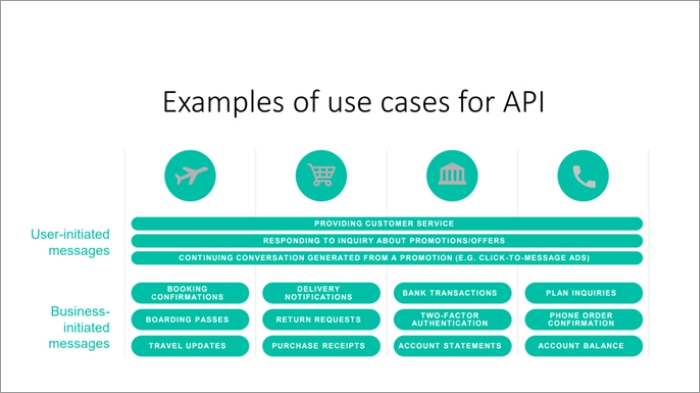

This strategy of creating a network first and then finding money afterwards proved to be fruitful. This required them to capitalize on the network effect. The strategy of the founders was to position the brand as a synonym for an instant messaging application. This is why WhatsApp waved off the $1 subscription fee. There wasn’t much expenditure involved in running the application the primary cost included sending a verification code to the users. This was the only source of income for the 50 staff members of WhatsApp. The second and third rounds of funding were carried out by Sequoia Capital, which invested a total of $60 million ($8 million in 2011 and $52 million in 2013) in WhatsApp Inc. WhatsApp got its first round of funding of $250k from five ex-Yahoo! friends who were granted co-founder status. So they decided to come up with a paid version of the application where they charged an annual fee of $1 from the users. But at the same time, they had to pay their bills too.

They wanted to create an instant messaging platform for the users and not for big companies to place ads. The founders hated advertisements and created this ad-free platform, focusing just on great user experience and interface. WhatsApp doesn’t earn revenue through advertisements. It was further updated to Whatsapp 2.0, which transformed it into an Instant Messaging Application and started the real story. WhatsApp was developed by Jan Koum and Brian Acton in the early months of 2009 as a status update application, hence the name WhatsApp. Let me try to answer a few such questions on WhatsApp. Why did Facebook purchase it for $19 billion? It is free to use, so how come WhatsApp makes money?


 0 kommentar(er)
0 kommentar(er)
